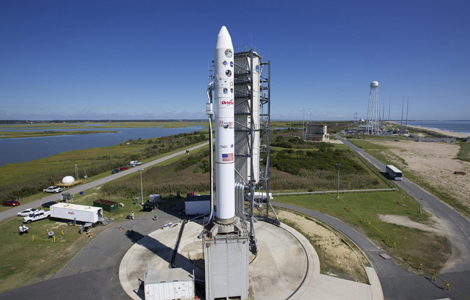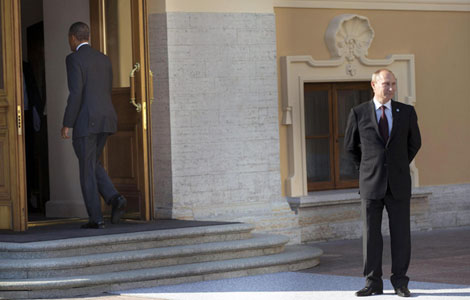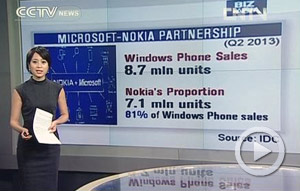NASA rocket to study moon's fragile atmosphere
Updated: 2013-09-07 00:22
(
Agencies
)
|
||||||||
"It does. It's just really, really thin."
The atmosphere is so thin and delicate, in fact, that spacecraft landings can disturb it. So now is the time to go, Noble said, before other countries and even private companies start bombarding the moon and fouling up the atmosphere.
Just last week, China announced plans to launch a lunar lander by year's end.
There's evidence Mercury also has a tenuous atmosphere, where, like our moon, the atmospheric molecules are so sparse they never collide. Some moons of other planets also fall into that category, as do some big asteroids.
Earth's moon is relatively close. By studying its atmosphere, scientists will learn about similar atmospheres in places further afield, Noble said.
Scientists also are eager to measure the lunar dust and see whether the abrasive, equipment-clogging particles actually levitate right off the surface. None of the previous moon missions focused exclusively on the atmosphere and dust.
It will take LADEE — the size of a small car coming in under 453 kilograms — one month to get close enough to the moon to go into lunar orbit, followed by another month to check its three scientific instruments. Then the spacecraft will be maneuvered from 48 kilometers to 145 kilometers above the lunar surface, where it will collect data for just over three months.
The mission will last six months and end with a suicide plunge into the moon.
NASA is inviting amateur astronomers to keep an eye out for any meteoric impacts on the moon once LADEE arrives there on Oct 6. Such information will help scientists understand the effect of impacts on the lunar atmosphere and dust environment.
Hitching a ride on LADEE is an experimental laser communication system designed to handle higher data rates than currently available. NASA hopes to eventually replace its traditional radio systems with laser communications, which use less power and requires smaller transmitters and receivers, while providing lightning-fast bandwidth.
NASA was hot on the lunar trail when it announced the LADEE mission in 2008. But the effort to return astronauts to the moon was canceled by US President Barack Obama in 2010.
Most Viewed
Editor's Picks

|

|

|

|

|

|
Today's Top News
US agencies decry latest Snowden revelations
Obama rejects pressure to abandon Syria plan
Open up private market, Li says
Xi warns Abe over Diaoyu Islands
Xi, Obama discuss Asia-Pacific
Think tank seeks G20 secretariat
Smithfield deal passes US review
Speech earns praise from global leaders
US Weekly

|

|














